Industry
Pharmaceutical
Location
Global
Employees
90,000k+
AstraZeneca is a leading, global pharmaceutical company focused on leveraging scientific and technologic innovation to deliver life-changing medicines.
Over 27,000 clinical trials have been conducted by AstraZeneca over the years. These trials have produced an astounding amount of data. AstraZeneca researchers in the clinical and translational space wanted to build models, create cohorts, and ask cross-modality, multi-faceted questions using the wealth of this available data. This proved difficult: data was siloed across platforms, existed in various formats, and the data access process was complicated.
The Scientific Intelligence project was created in 2018, to integrate trial data from across Clinical, Omics, Imaging, and Subject platforms so users could access it all in a single, easy-to-use interface. Via Scientific Intelligence, scientists and researchers can now find relevant datasets that they might have been previously unaware of and request access in one, streamlined platform.
Scientific Intelligence enables many use cases. These are three examples:
The multimodal data is integrated through a knowledge graph. Built over this knowledge graph is a user interface, referred to as Scientific Intelligence. The interface is powered by ONTOFORCE’s DISQOVER platform. Thanks to DISQOVER’s intuitive nature, researchers can browse, explore, and search AstraZeneca’s clinical information space. Based on their search or exploration, researchers find relevant sets of data (e.g. studies, subjects, or samples) and easily request the necessary access.

In the Study dashboard, users can get an overview of available study data based on their search criteria. From a high-level perspective, they can see counts of studies by indication, drug, country, and more. Users can also find information on an individual study level, including the number of patients enrolled, milestones, eligibility criteria, and more. From the dashboard, users can see all links to related data and easily navigate to a linked concept to explore further.

In the Subject dashboard, users get an overview of subject data. This includes a subset of STDM data: demographics, adverse events, lab test data, concomitant medicines, and medical history. In this dashboard view, users can see only descriptors of study participants, not clinical observations. Using DISQOVER’s interactive chart filters, users can visually filter down the data to meet their research requirements.

In the Biospecimens dashboard, users can view the sample data that was generated for each subject during a study, with additional information such as how many samples were taken, which part of the body they were taken from, sample type, and if inventory is available. This dashboard helps scientists identify samples they might be interested in ordering to test a hypothesis.
Researchers can find more data that meets their specific requirements. With a greater sample size of subjects, for example, confidence scores for a proposed experiment improve. Additionally, growing the size of a dataset may enable a machine learning approach driving more efficient and confident analysis.
Using DISQOVER’s powerful API, the relevant data can be brought back into AstraZeneca’s internal analytics platforms for further analysis. The process is completely streamlined so users can focus on conducting their analysis without wasting time switching between platforms.
A landscape view of available data with specific insight into disease stages, biomarkers, imaging observations, and more, previously took months to build and update. With Scientific Intelligence, these views are being created in just a few days and can be quickly updated in a matter of minutes.
© 2025 ONTOFORCE All right reserved